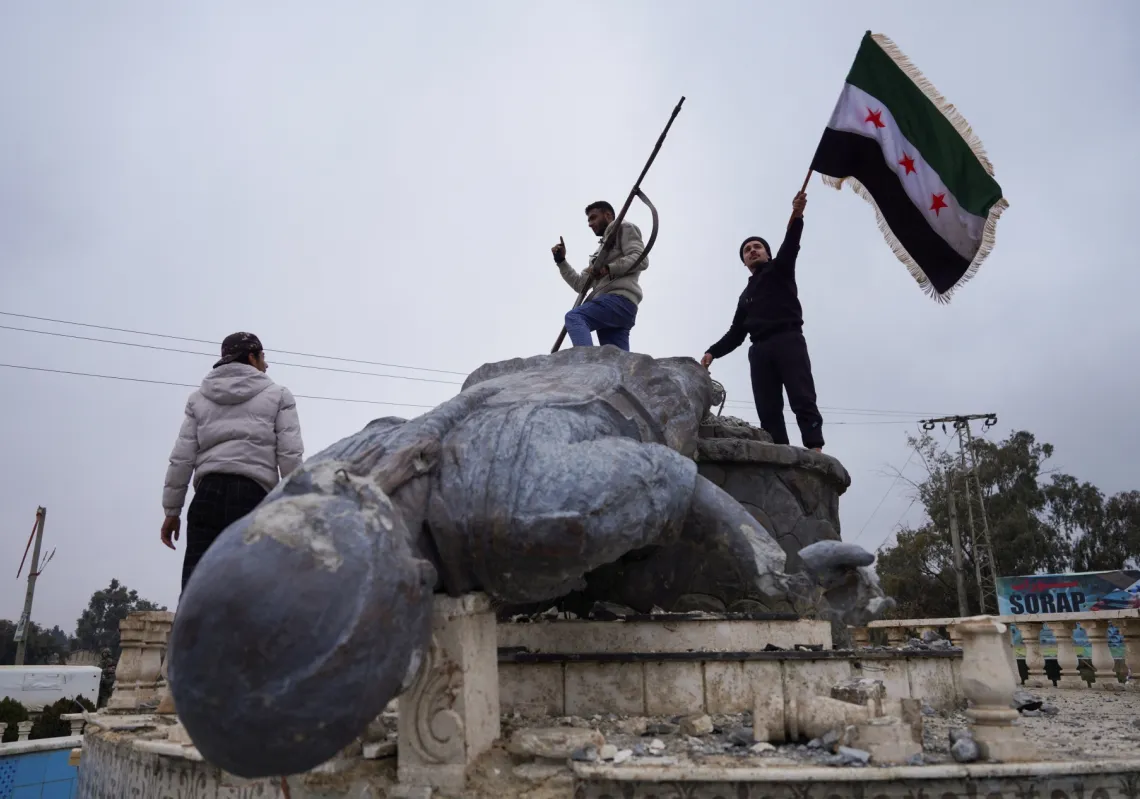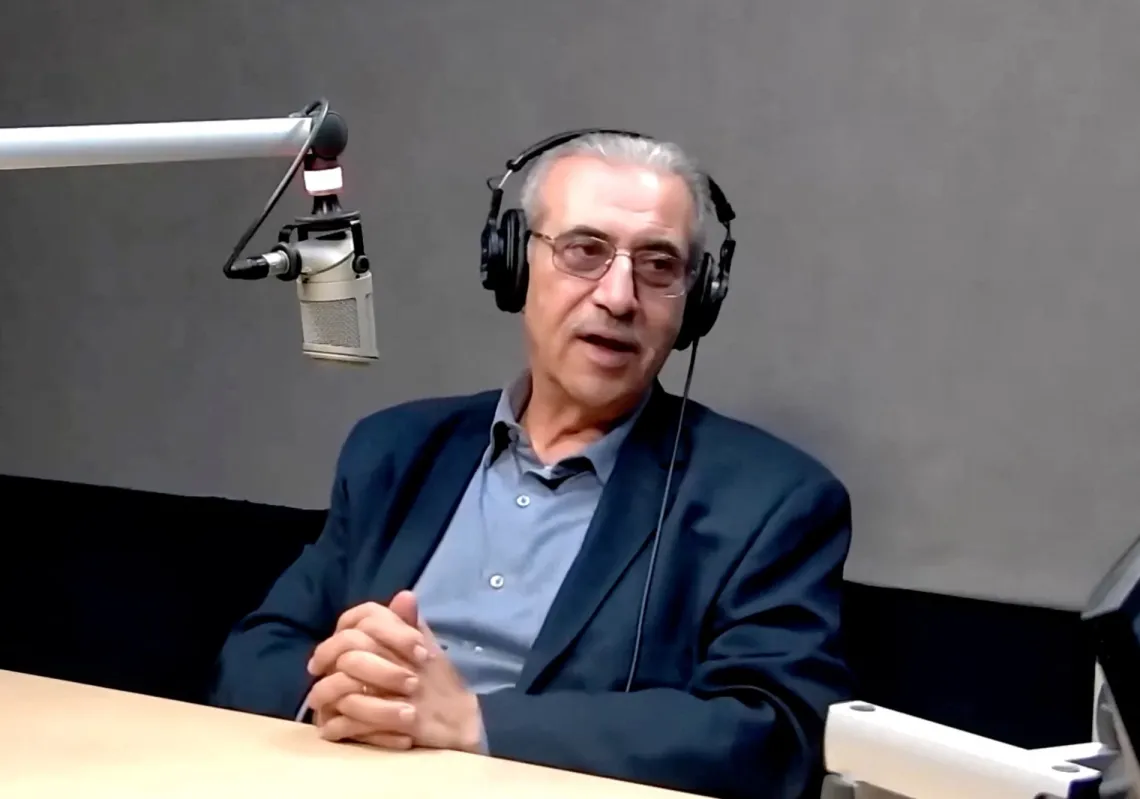As Egyptian-brokered cease-fire is announced between Israel and Palestinians in Gaza, just as Majalla was readying for publication, the case of Sheikh Jarrah neighborhood witnesses its residents’ resumption of a legal struggle to gather more evidence to reinforce their right to their homes.
Some documents which were obtained by the residents from Jordan and Turkey proved that the documents submitted to the High Court by the Israeli organizations claiming to own the neighborhood were forged upon translation into Hebrew.
The residents’ lawyers do not rule out the possibility of taking the case to the International Court if the government’s Attorney General next week provides a legal explanation of the steps followed by the Israeli organization to legitimize the settlers’ right to take over Palestinian houses and seize more houses in which Palestinians have been living until now. The International Court’s session will then take place within three weeks.
On their part, the Israelis say that the neighborhood was home for Jews before 1948 but they had to leave after security escalations and clashes between Jews and Palestinians. After that the land was vacant until 1956 when it was handed to the Palestinians.
The Israelis claim that the historical cave of “Simeon the Just” (Simeon Al-Saddiq) is located in Sheikh Jarrah and is frequently visited by the Jews.
Meantime, Sheikh Jarrah neighborhood is named after Prince Hossam Eddine Ben Sharif Eddine Eissa Al-Jarrahi, the physician of Salah Addine the Ayyubide, as he was buried in the area.
A Palestinian historian clarifies that according to an Ottoman map “Simeon the Just” is in fact an Islamic Shrine named “Al-Wali,” in which Saad Eddine Hijazi was buried 400 years ago.

Speaking to Majalla, Hosni Abu Hussein, the lawyer for some Sheikh Jarrah residents, said, “Any explanation provided by the Attorney General of the Israeli government will not legitimize the settlers’ attempt at seizing the houses and evicting their original owners. The same applies to the Israeli Supreme Court.”
Abu Hussein confirmed that “under the Rome Statute, Israel shall not move residents out of their homes by force, as this is a war crime and a crime against humanity under the Statute.”
“Based on the international agreements, in case neither an agreement is reached nor a decision is issued to legitimize the settlers’ claims that lead to eviction of 500 Palestinians from Sheikh Jarrah, the Palestinian families will file the case at the International Court of Justice,” the lawyer added.
This step came after Palestinian President Mahmoud Abbas issued directions to move the case of Sheikh Jarrah to the ICJ based on the Rome Treaty and as the Israeli decision is violating the international law.
Thus, the case of Sheikh Jarrah will join other cases submitted to the ICJ against Israel in which Israeli military and political officials are accused of committing war crimes on the Palestinian lands. These cases are supposed to bring many officials before the ICJ.
On their way to move the case to the international arena, Sheikh Jarrah residents have gained the support of many European councilors who confirmed the EU’s stance that considers the eviction of residents as a violation of international law.
The houses’ owners have expressed optimism that international and European stances will consolidate their right to stay in their homes and prevent their eviction.
Using another series of newly discovered evidence on the Palestinians’ rights to their lands and houses, lawyers have recently obtained documents from Jordan and UNRWA, which confirm the ownership of 28 Palestinian families of the houses and their right to stay and live in the neighborhood.
This document, signed by Jordan’s Ministry of Foreign Affairs and Expatriates and handed to the residents, states that official papers in the archive of the Jordanian government prove that the Jordanian Ministry of Construction and Development had made an agreement with the UNRWA in 1954 to provide better living conditions for the residents by constructing 28 residential units in Sheikh Jarrah neighborhood, on plots of land nos. 54 and 66 of area 14, plot no. 2 of area 26 and plot no. 6 of area 27 in Jerusalem.
The documents confirm that individual agreements were signed with the families to build their houses on the aforementioned plots of land. Under these agreements, the Ministry of Construction and Development vowed to register the ownership of these residences in the name of the families, and appropriated the required money to implement article no. 11 of the agreements.
This article stipulates that “after the tenant implements all conditions of this agreement and helps in building the unit, the ownership of the property is transferred to the tenant for free.”
This document will be submitted to the higher Israeli court and the Attorney General of the Israeli government will contribute to the reconsideration of any decision to evacuate the Palestinians from the neighborhood.
As Jordan and UNRWA are intervening again, and with regards to the violation of international law, residents of Sheikh Jarrah expect that the Israeli establishment will back down from supporting the settlers. This will not be just out of fear that the ICJ will address the case as a crime against humanity, but also because Israel is concerned that the case which triggered security escalations will worsen the already deteriorating Israeli-Jordanian relations.

DISPUTE OVER LEGAL DRAFTING
It is not unlikely that the settlers come up with a legal recommendation by international legal advisors that provide an opposite view of the property’s ownership before the Jordanian appropriation. Israelis claim that the property was home for Jews before ‘48, and was known as a small Jewish community. The settlers alleged to court that the small community had to evacuate the neighborhood after security escalation and clashes between the Jews and the Palestinians. Then the land remained vacant until 1956 when it was handed to the Palestinians.
The Israelis focus their defense on the existence of the Cave of Simeon the Just in the neighborhood which the Jews frequently visit, in addition to the Israeli law that enabled the Jews to reclaim the lands they were living in before 1948.
Eyal Benvenisti, an international law expert and professor of law, has provided a legal viewpoint on dealing with the ownership dilemma between two parties. He suggests that the international legal status of the property should be tackled with regards to two parties: the original owners, who are, in Benvenisti’s view, the Jews who had lived there before 1948; and, the incumbent residents, who are the Palestinians living under occupation.
He explains that, “The claim for eviction is based on the grounds that right-wing associations bought the property from these houses’ original owners, the Sephardic Committee and the Knesset Committee of Israel, who bought the land before 1984. The Jordanian government then became the owner of the land under the Jordanian law of “Enemy Property,” and leased the land to the heads of Palestinian families to end their status as refugees. Families who had lost their properties in the war with Israel have relinquished the status of refugees and built their homes on these lands where they have been living until now.”
According to Benvenisti, the control over the land has been transferred to the Israeli side by force of law which was enacted after unification of the city. Since then, the Israelis have tried to reach out to the Palestinian families.
Benvenisti pointed out that the deliberations which took place in Israeli courts focused on issues of private law, such as property rights and protected leases, but this narrow legal perspective does not enable the consideration of all rights involved in this prolonged case, given that the conflict over Sheikh Jarrah property rights is not a private conflict over ownership.
“On the side of right-wing associations, there have been claims of a patriotic mission to save the land, and the private judiciary is just a means to implement this political mission. As for the Palestinian families, the talk is about family houses which were built and taken care of for years, and where family members were born and gave birth to their children. These homes have shaped their lives and formed their society,” Benvenisti explained, adding that “Beside the private aspect of ownership and the wide political aspect, there are human rights which are at the core of the legal conflict. The right to have a family and community life, is a personal and constitutional right arising from human dignity, freedom and right to property.”
“The constitutional right to property is one of the basic laws not just because of the importance of protecting private property, but also because in some cases, legislative authority should protect the property rights.”
Therefore, Benvenisti regards concerns over intervention in property rights to be similar to concerns over intervention in the constitution. He also confirms that both international and constitutional laws acknowledge the right of residents to stay in their property, as they in good faith bought a land according to the country’s laws that were applicable then, and built the houses in which they have been living for generations. Such right can exceed the right of the original owner who wants to reclaim it, regardless of remuneration.
Accordingly, courts in a number of European countries as well as the European Court of Human Rights acknowledge the basic simple life fact, which states that people should manage their lives based on good faith under the applicable law in the country.
Such a principle is adopted even in the most difficult cases when original owners were evacuated and became refugees, according to Benvenisti. Sheikh Jarrah families bought their houses in good faith under applicable law in exchange for their status as refugees. For generations, they built their houses and social community. Claims to make them pay for rent are no longer valid under the Israeli law in which they had no vote and which didn’t take into consideration the negative consequences to these families.
Given such conflicting rights, the legal expert wonders which party has an advantage?
He answers, “the Israeli court didn’t highlight the constitutional side of the issue that is relevant to human rights mentioned in Israeli Basic Law. The right-wing associations only succeeded in holding discussion about the narrow issue of ownership.”
“The deeper and wider constitutional question is posed before High Court, which will consider the case by the middle of next month,” Benvenisti remarks.








